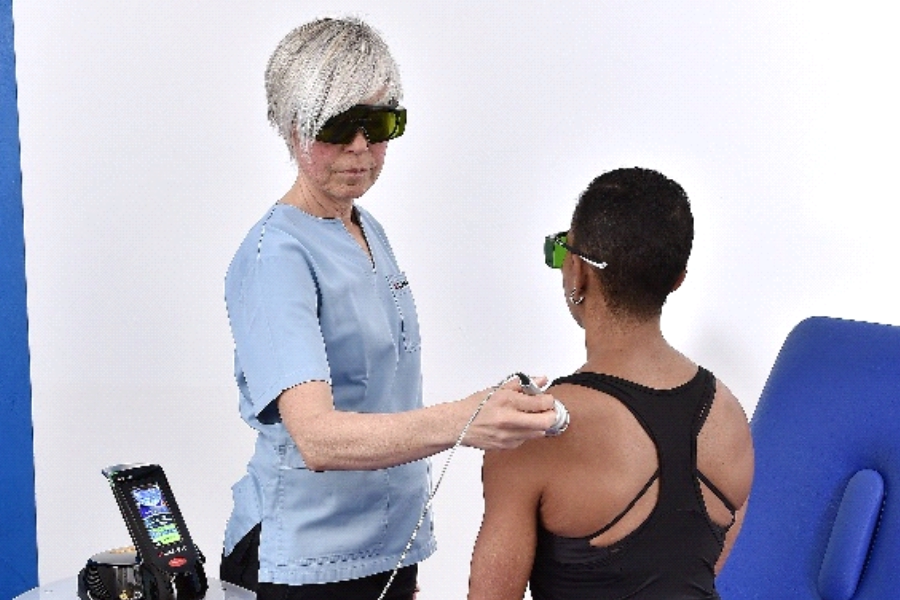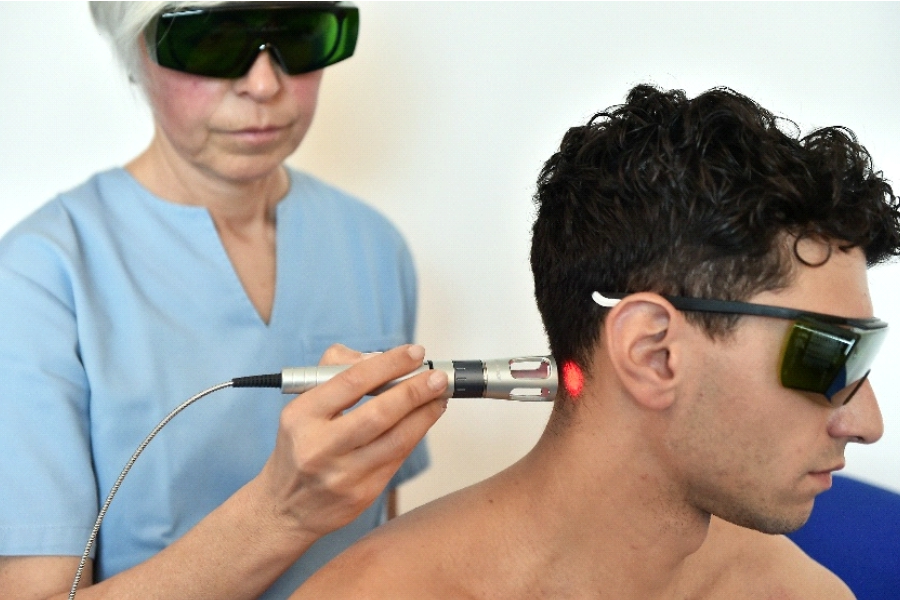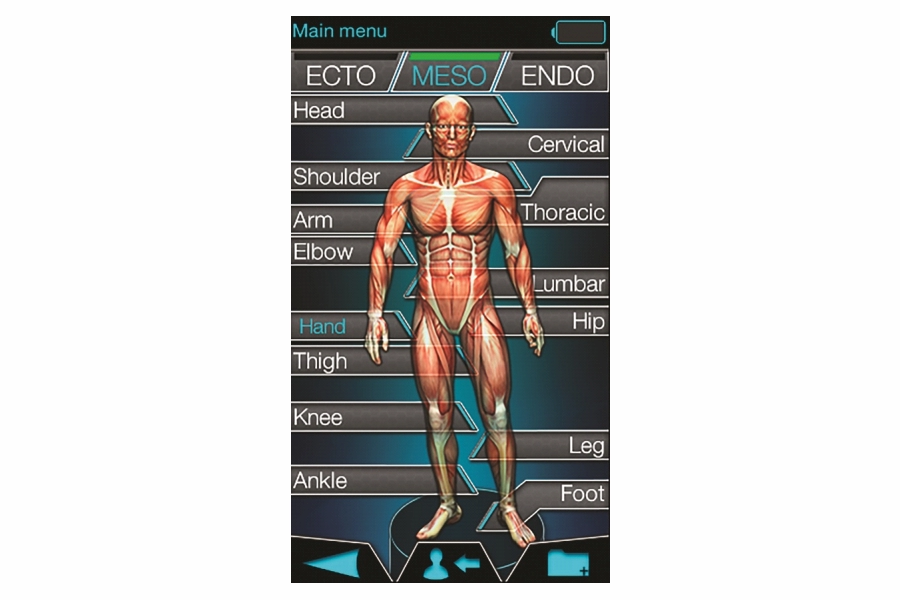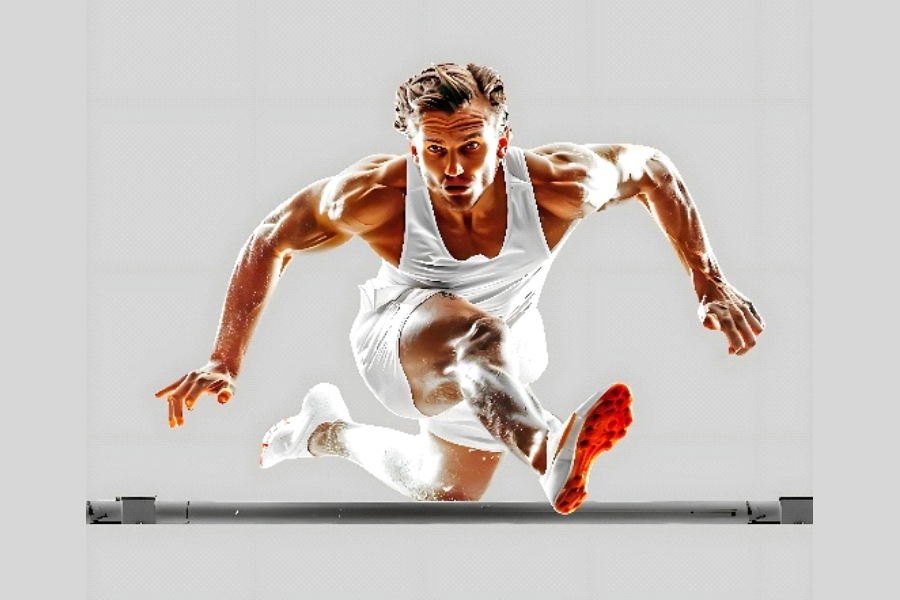Laser Therapy For Sports Injuries: How It Works & Why It Matters
Introduction
Sports injuries are a common occurrence among both amateur and professional athletes. Whether it's a sprain, strain, tendonitis, or muscle tear, effective and timely rehabilitation is key to returning to peak performance. Among modern rehabilitation tools, laser therapy has emerged as a powerful, non-invasive option for accelerating healing, reducing pain, and improving functional outcomes.
In this blog, we will explore how laser therapy works, its benefits in treating sports injuries, and how advanced devices like the K-Laser Cube 3 and Cube 4 are revolutionizing physiotherapy practice.
What is Laser Therapy?
Laser therapy, or Photobiomodulation Therapy (PBMT), uses specific wavelengths of light to penetrate tissues and stimulate biological processes. These therapeutic wavelengths (typically 660 nm – 1064 nm) interact with cells to:
- Promote tissue repair
- Reduce inflammation
- Improve circulation
- Provide analgesic effects
High-intensity Class IV laser devices such as the K-Laser Cube 3 and Cube 4 deliver deeper penetration and higher power output, making them particularly effective for sports and musculoskeletal injuries.
How Does Laser Therapy Work?
Laser energy stimulates cytochrome c oxidase, an enzyme in the mitochondrial respiratory chain. This stimulation enhances mitochondrial activity, leading to an increased production of adenosine triphosphate (ATP), the cell’s primary energy source.
This rise in ATP triggers a cascade of beneficial cellular and physiological responses, including:
- Enhanced cell proliferation and regeneration
- Increased collagen synthesis
- Modulation of inflammatory mediators (reducing excessive inflammation while promoting repair)
- Improved lymphatic drainage, helping reduce edema
- Enhanced nerve conduction and axonal regeneration
This non-thermal and non-invasive approach accelerates natural healing, helping athletes recover faster and safer.





